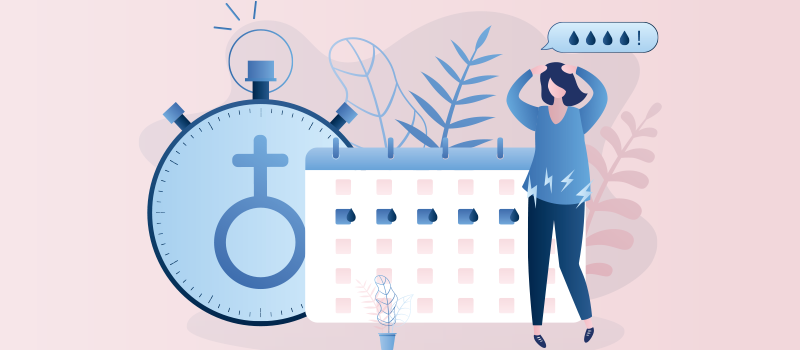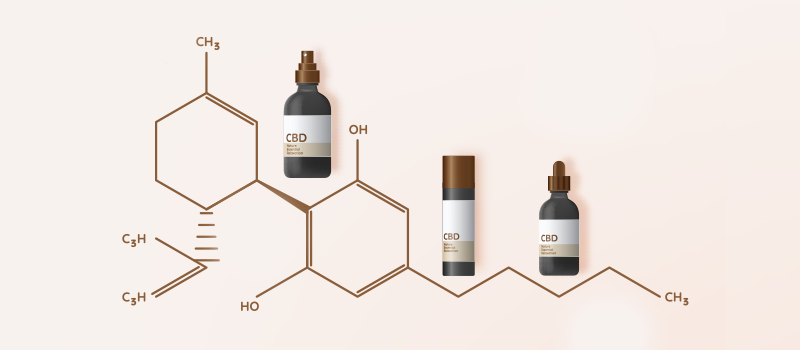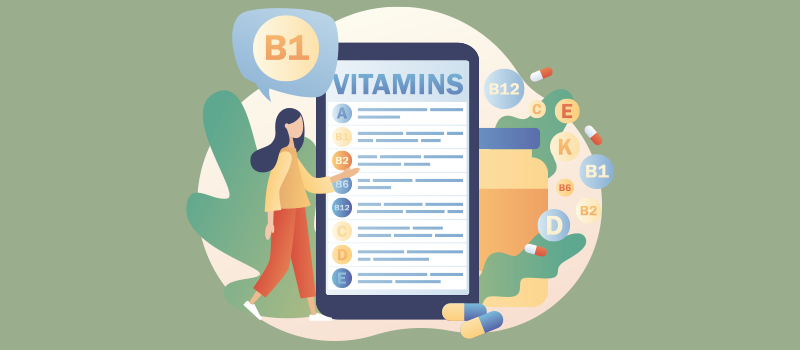C-Section Recovery: What to Expect

A cesarean section, commonly referred to as a C-section, is a surgical method of delivering a baby and is usually done when a vaginal delivery would put the baby and/or the mother at risk. The recovery period for c-sections differs among women. However, there are milestones to look for to ensure your recovery is progressing normally. It is common for women to experience mild to moderate pain and discomfort after a C-section for about one month. You may also have stomach pain and diarrhea. However, most of these symptoms resolve gradually.
Continue reading to learn more about what to expect during the C-section recovery process.
What is a cesarean section?
A caesarean section or C-section is a major surgery in which a baby is delivered through an incision in the abdomen of the pregnant woman. A C-section operation is typically performed when it becomes medically necessary or when a vaginal birth is likely to pose a risk to the mother or child.
Advances in medical technology continue to provide enhanced methods of C-section delivery that can minimize the side effects and improve recovery.
What to expect immediately after a cesarean delivery?
Most women are awake during the cesarean section and are taken to a recovery room after the procedure is over. The nurse frequently checks the blood pressure, breathing, and heartbeat of both the baby and the mother in the C-section recovery room.
You might experience nausea and dizziness for the first few hours after the procedure. There may also be a sensation of grogginess or itching due to the anesthetic drugs used to create numbness during the cesarean section.
What to expect on days 1 to 5 after a C-section
Here are some common symptoms most women experience between day 1 and day 5 following the cesarean section.
Vaginal bleeding and discharge or passing blood clots
You may have vaginal discharge and bleeding for a few weeks after a C-section. This is one of the body's mechanisms to get rid of the extra blood and tissue in the uterus that kept the baby healthy when it was in the womb.
You might pass bright red blood or a blood clot for the first 3 to 5 days after a C-section, following which the flow should get lighter. It will turn pink, then brown, and finally, yellowish or clear before it stops.
Sticky discharge and bleeding after vaginal birth or C-section is called lochia.
Abdominal Pain
It is normal to have pain similar to menstrual cramps for a few days after a cesarean delivery. The pain is caused by the narrowing of blood vessels in the uterus to prevent excessive bleeding.
Swelling and soreness of the breasts
The first 4 to 5 days after a cesarean delivery, you might experience swelling and soreness in the breasts. These symptoms occur due to the production of a nutrient-rich substance called colostrum that supports the baby’s immune system. Your breasts will also fill up with milk and swell during this period to allow you to begin breast feeding.
Hair and skin changes
Some women notice hair loss or thinning in the first few weeks to months after delivery. This is normal and is caused by changes in hormone levels. You may also see purple or red stretch marks on your breasts and belly.
Mood swings
Mood swings are common in women, especially during the initial few days after the delivery.
You might feel stressed, worried, anxious, and tired for a few weeks after delivery. This symptom can be attributed to the hormonal changes as well as the lack of sleep and the additional responsibilities associated with caring for a newborn baby.
In most women, these symptoms subside as they get used to the new routine.
However, if mood swings and other changes in emotional wellness persist, it could be a sign of postpartum depression. Ask your doctor about postpartum care options and psychiatric intervention to help you overcome these feelings.
What to expect at home after discharge
Some women continue bleeding from the vagina for up to 4 weeks.
Any pain and discomfort should decrease 5 to 7 days after a cesarean delivery. Most pain relief medications are effective in relieving these symptoms. However, the incision might remain tender for up to 2 weeks or even more.
In addition, you will also notice that the C-section incision appears slightly raised and pinker than the surrounding skin. It may also appear somewhat puffy. Over time, the scar will become flatter, thinner, and lighter in color than the surrounding normal skin.
You will need to visit your gynecologist for a follow-up after 4 to 6 weeks of discharge.
How to look for warning signs of infections?
You should watch out for the warning signs of infection at the incision site, such as redness, swelling, and pus oozing. If the incision appears red and swollen, begins leaking discharge, or is hot to the touch, ask your doctor about incision care options to fight infection.
How to care for post-cesarean incision?
The following tip can help you avoid infection and ensure the C-section incision heals:
-
If the incision is closed with stitches, glue, or staples, ask your doctor if it is safe before you remove the bandage. Take a warm shower and let water run over the incision site to keep it clean, and carefully pat dry after to prevent infection.
-
Use mild soap and water for washing.
-
Clean the area of the incision gently. Avoid scrubbing, particularly if the incision is closed with glue.
-
Do not soak in a bath or hot tub, and avoid swimming until your gynecologist says you can.
-
Use over-the-counter pain medication to relieve incision pain.
-
Use a warm washcloth or a heating pad set at a low temperature for pain management and discomfort around the belly.
Can I experiment with breastfeeding positions?
You can start breast feeding immediately after a cesarean birth. Some breastfeeding positions that usually work well during recovery after a c-section are explained below:
-
Side-lying hold: Lie on your side. Place your baby on his or her side, facing your breast. Support the baby with one hand and grasp your breast with the other hand. Touch your nipple to the baby's lips. Once the baby begins to breastfeed, support your own head with one arm and support the baby with your other arm.
-
Football hold: Put a pillow along your side for comfort. You can also use a chair with broad and low arms. Hold your baby at your side, keeping your one elbow slightly bent. Then, support your baby's head with one hand and face him or her toward your breast. Make sure your baby's back is resting on your forearm or the pillow. You can support your breast with your other hand in a C-shaped hold.
When can I start physical activity and exercise after a C-section?
Most women are able to perform their regular activities 4 to 8 weeks after cesarean delivery. They can also perform aerobic exercises, stretching, and pelvic floor strengthening exercises after a few weeks of a cesarean birth.
Getting up and moving about within 3 to 4 days after the C-section can help speed up the recovery process. Mild physical activity can also prevent blood clots. However, it is important to avoid strenuous activities for the first few weeks.
Here are some instructions commonly recommended for women regarding their physical activities after a cesarean birth:
-
Avoid lifting anything heavier than your baby for the first 5 to 8 weeks.
-
Take short walks to improve strength and stamina.
-
Participate in light housework and activity, slowly increasing the intensity and duration.
-
Avoid heavy house cleaning, jogging, sit-ups, and any activity that strains your muscles or makes you breathe hard.
-
In case you experience fatigue or extreme tiredness, take a rest. It is important to listen to your body and not overwork to the point of exhaustion.
-
Do not drive a car for at least 10 days. But you can ride in a car. Make sure you wear a seat belt while riding in a case.
Other self-care measures for optimizing postpartum care after a C-section
-
Try eating smaller meals and having healthy snacks between meals.
-
Eat plenty of fresh fruit and vegetables.
-
Drink plenty of water, at least 2 liters every day, to prevent blood clotting and avoid constipation.
-
Sex can begin after 6 weeks. Talk with your gynecologist or healthcare provider about safe contraception after pregnancy.
C-Section recovery: Frequently Asked Questions
What is the hardest day of C-section recovery?
The first few days are the hardest for women after a cesarean section delivery. Most women are able to adjust to the changes within 3 to 5 days.
What are the signs of postpartum preeclampsia?
Postpartum preeclampsia is a rare condition that occurs when a woman has high blood pressure and passes protein in the urine after delivery. It is similar to pre-eclampsia, which develops during pregnancy.
Some common signs that point to the diagnosis of postpartum preeclampsia include swelling in the hands, face, or eyes, sudden and unusual weight gain, persistent headaches, vision changes such as blurry vision, and abdominal pain.
When to call a doctor?
While most women have a smooth recovery after a cesarean section, some face complications. It is important to be aware of the signs that require medical attention.
You should contact your gynecologist if you have vaginal bleeding or post-partum hemorrhage that is very heavy after 4 days or light bleeding that persists beyond 4 weeks.
You can also consult your healthcare provider if you are passing large clots. Some common risk factors for postpartum hemorrhage after an elective cesarean section included blood disorders, preterm birth, placenta previa, antepartum bleeding, and general anesthesia.
Some other signs that require immediate medical attention include:
-
Swelling in one or both your legs
-
Abnormal warmth of the skin of the legs
-
Pain in the calves
-
Redness, swelling, warmth, or drainage of blood or pus from the incision site
-
The incision site breaking open
-
Persistent high fever
-
Chest pain
-
Increased pain in the belly
-
Discharge from the vagina that develops a foul odor or becomes heavier
-
Extreme sadness and depression, often called the “baby blues”
-
Signs of postpartum depression, such as attempts to harm self or the baby
-
Having trouble caring for yourself or the baby
-
Tenderness, redness, or warmth in one breast
How many days after C-section will I feel normal?
Most women feel normal and are able to resume reasonable activities within 7 to 10 days after a C-section.
Can I use pain medication after a C-section?
Yes, your doctor will prescribe you a pain medicine to help with pain relief. Pain and discomfort associated with a cesarean section generally last for a few days and are often relieved by using pain medication.
References:












SOCIAL